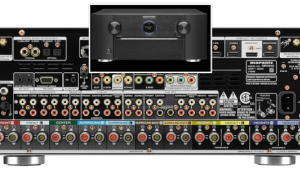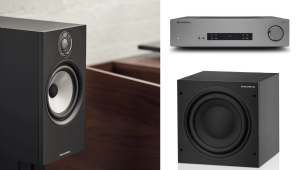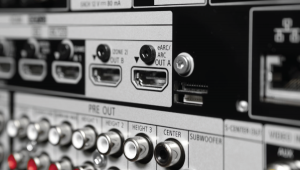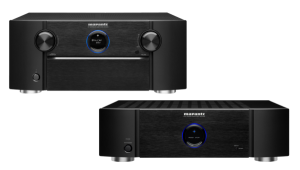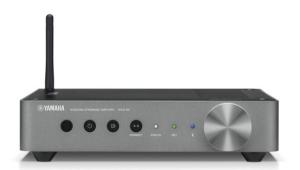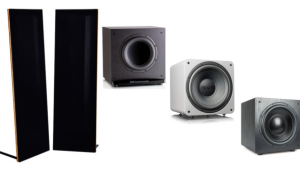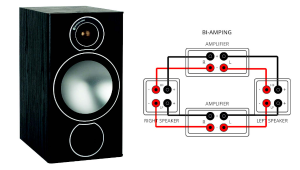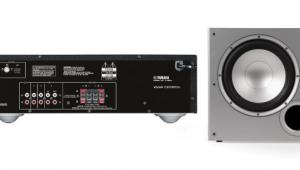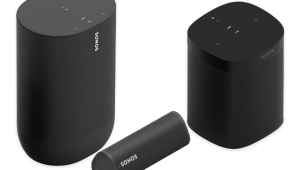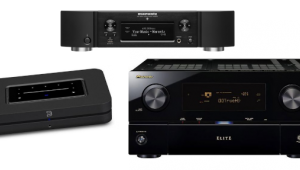What Are the Benefits of Line-Source Speakers?
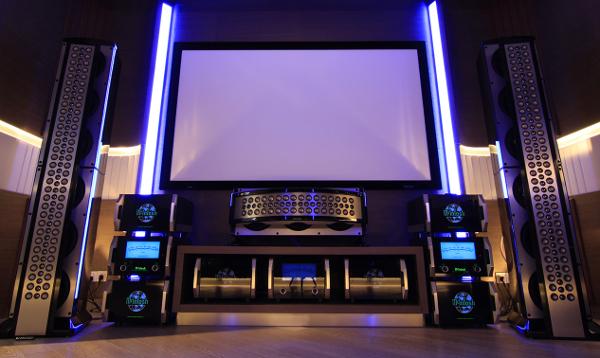
Q I am building a dedicated 15 x 10 x 28-foot (WxHxD) home theater with two rows of seating and a bar for the third row. I plan to buy new speakers and am interested in the advantages, if any, of line-source over regular point-source designs. I’ve heard that line-source speakers create a larger stereo sweet spot. Is that the case? —Lorne Charles / via e-mail
A Line-source speakers are usually tall designs — a typical model may stand as high as 8 feet — that generally employ multiple identical drivers in a vertically stacked configuration. A rare few utilize long, thin planar magnet diaphragms and ribbon drivers. Most line-source speakers from companies like McIntosh, Genesis, and the Bob Carver Corporation are freestanding tower models, though there are also in-wall versions available from outfits including Steinway Lyngdorf and Wisdom Audio. While these all tend to be pricey, high-end offerings, Sound & Vision recently reviewed a rare, affordable variant of a line-source speaker, the Dayton Audio Epique CBT24 ($1,995 per pair list, $1,495 promo pricing on Parts-Express.com).
The most often-stated benefit to line-source designs is that they minimize the effect of the listening room by restricting vertical dispersion — the sound isn’t affected by the same floor-bounce and ceiling-reflection issues that plague regular two-way or three-way “point-source” speakers. They can also provide sound with consistent timbre and volume over long distances, which is why line-source designs are regularly used for sound reinforcement in concert halls and in stadium PA systems. For that reason alone, they might be a good option for a large, multi-row home theater such as the one you’re building.
My personal experience with line-source speakers has mostly been with huge, high-end towers in stereo, as opposed to home theater, systems. A large sweet spot was a factor in those listening sessions, and I also recall experiencing an extremely wide, seemingly endless stereo image.
